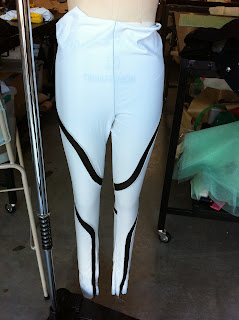- Australia has the highest skin cancer incidence rate in the world1.
- Australians are four times more likely to develop a skin cancer than any other form of cancer2.
- Approximately two in three Australians will be diagnosed with skin cancer before the age of 703.
Melanoma
- While melanoma is the least common type of skin cancer, it is the most life threatening form of skin cancer. In 2007, there were 10,342 new cases of melanoma, making it overall the fourth most common form of cancer in Australia6.
- Total deaths from melanoma were 1,2796.
- Melanoma is also one of the most common cancers affecting youth in Australia4.
Non-melanoma skin cancers (NMSC)
- NMSC are the most common cancers diagnosed in Australia, with approximately 430,000 new cases estimated to have been diagnosed in 20085.
- Of these 430,000 NMSC cases, an estimated 296,000 were Basal cell carcinoma (BCC) cases, and an estimated 138,000 were Squamous cell carcinoma (SCC) cases. It should be noted however, that NMSC is not reportable by law to cancer registries, like other cancers including melanoma, therefore the true incidence of BCC and SCC is not known4.
- In 2007, there were 448 reported deaths from NMSC6.
- 1 Australian Institute of Health and Welfare and Australasian Association of Cancer Registries (2004). Cancer in Australia 2001. AIHW cat. no. CAN 23. Canberra, Australian Institute of Health and Welfare.
2 Australian Institute of Health and Welfare (AIHW) and Australasian Association of Cancer Registries (AACR) (2008). Cancer in Australia: an overview, 2008. AIHW cat. no. CAN 32. Canberra, Australian Institute of Health and Welfare.
3 Staples M., et. al. (2006). Non-melanoma skin cancer in Australia: the 2002 national survey and trends since 1985. Medical Journal of Australia 2006; 184: 6-10.
4 Australian Institute of Health and Welfare and Australasian Association of Cancer Registries (2008). Cancer in Australia: an overview, 2008. AIHW cat. no. CAN 32.
5 Australian Institute of Health and Welfare and Cancer Australia. Non-melanoma skin cancer: general practice consultations, hospitalisation and mortality. Cat no. CAN 39. September 2008.
6 Australian Institute of Health and Welfare (2010). Cancer in Australia: an overview 2010. AIHW cat no. 56.
I'm glad we did this task.




















































